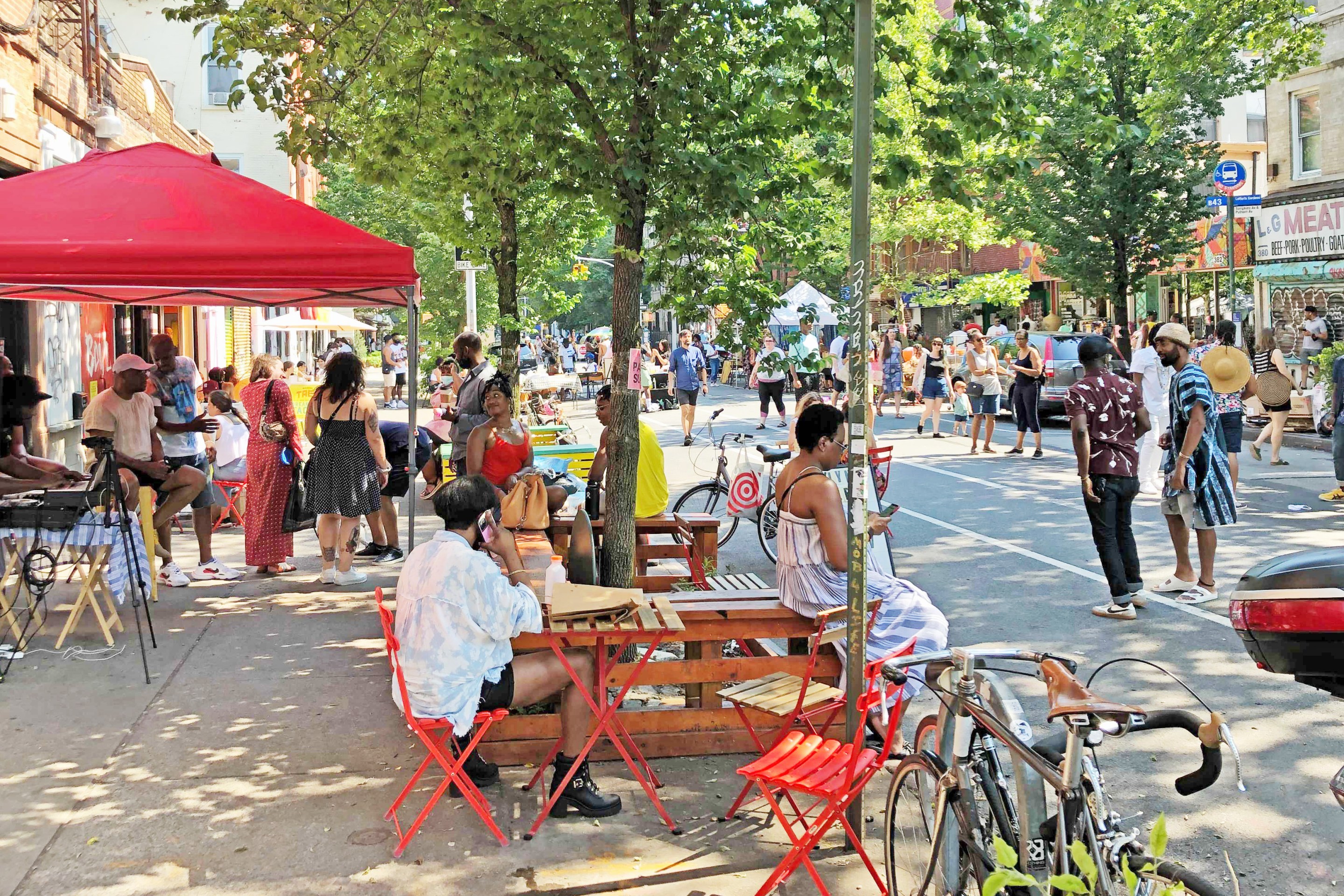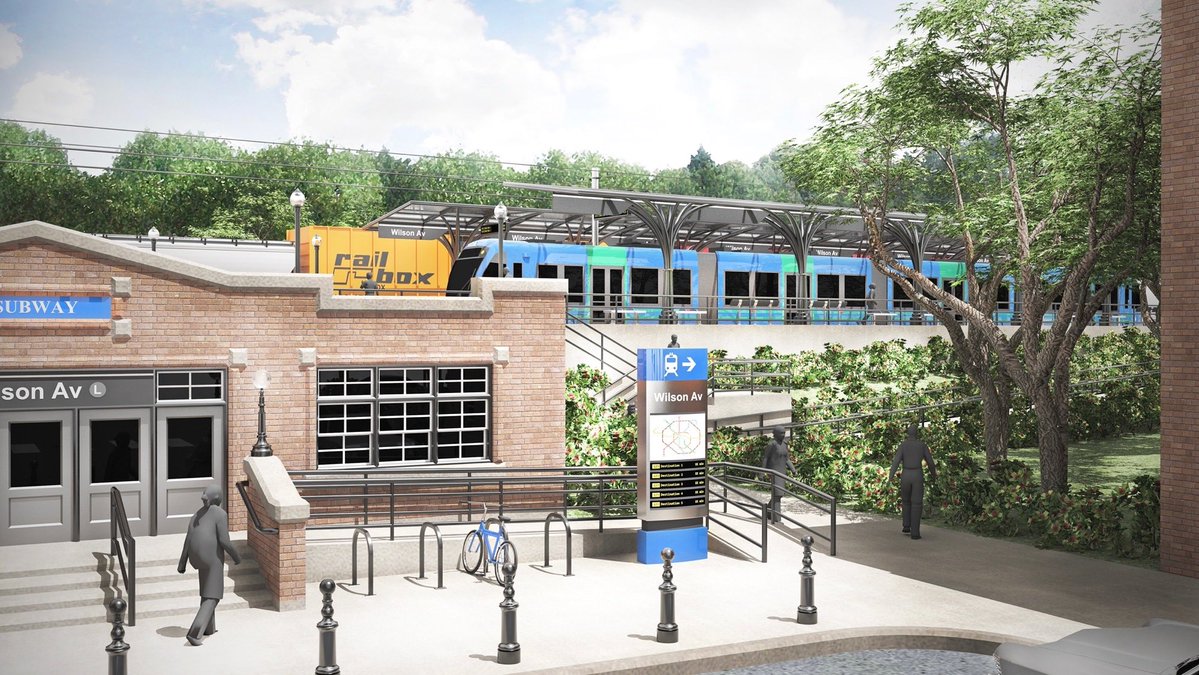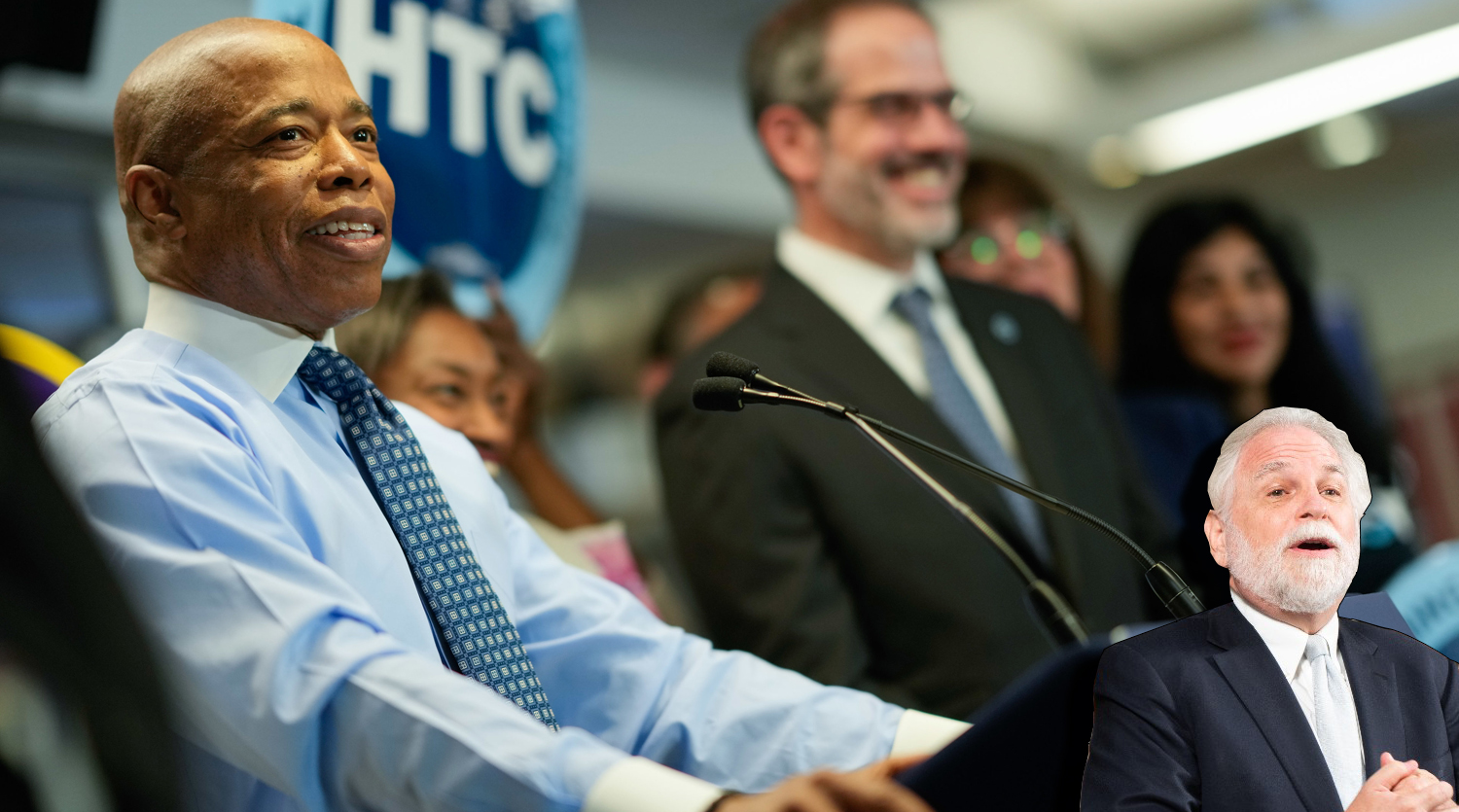New York Transportation Officials: We’re Broke
1:39 PM EDT on September 27, 2010
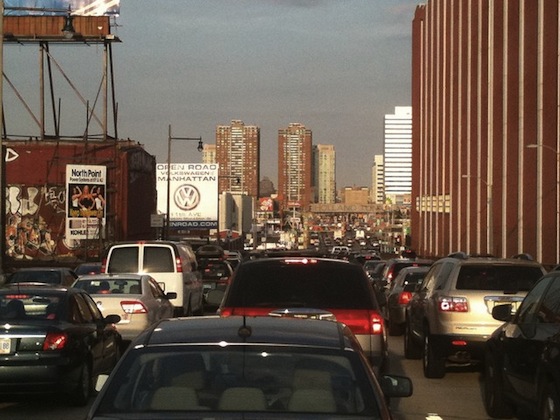
The state's top transportation officials delivered some tough news to the construction industry Friday: Public agencies are so cash-strapped they don't even have enough money to maintain existing infrastructure.
With budgets battered by rising maintenance costs and recession-ravaged revenues, an industry-sponsored conference offered little prospect of further expansions to the state's transportation system beyond the projects currently underway. Some combination of new revenue streams, cost-saving measures, and public-private partnerships will be necessary simply to keep New York moving, most suggested. Meanwhile, the cozy relationship between public officials and construction industry heavyweights was on full display, at times contradicting the general message of austerity.
Speaker after speaker laid out the costs involved just to maintain the state's aging infrastructure. Joel Ettinger, the head of the New York City region's metropolitan planning organization, said that over the next twenty-five years, "an amazing 98 percent of the money is going to go just to state of good repair and operations." That's a full $950 billion through 2035, he said.
Port Authority tunnels, bridges, and terminals director Victoria Cross Kelly presented her agency's top capital project priorities, including billion dollar replacements of the Goethals Bridge, the George Washington Bridge suspender cables, and the New Jersey approach to the Lincoln Tunnel, as well as a number of smaller projects. "Each and every one of these has somewhere in their title 'rehab' or 'replace,'" she said. "There's no new added functionality."
New York City Transit's chief engineer, Fredrick Smith, pointed to the system's dire need for new track signals. Currently, a quarter of the subway's signals are over 70 years old. "How reliable do you think that is?" he asked. Unfortunately, the MTA capital plan for 2010-2014 is only funded through next year and the bulk of the signal work is theoretically scheduled for 2012.
Even for the basic tasks of keeping bridges up, roads paved, and transit running, current funding is inadequate. "Increased, stable resources need to be provided," said acting NYS DOT director Stanley Gee. Gee singled out the project to rebuild the deteriorating Tappan Zee Bridge and add transit access across it as particularly problematic. "There's no way that existing tolls can build that bridge," he said.
As for where that money might come from, Gee was open to any possibility. "Pricing obviously is one," he said. He also suggested a mileage tax to replace declining gas tax revenue. Gee isn't counting on help from one potential savior, however: the federal government. "We don't expect a long-term extension of federal funding any time soon." Gee ultimately urged the audience, filled with politically powerful firms, to convince elected officials to fund transportation.
From a sustainability perspective, the upside of the funding scarcity is that many transportation agencies are looking to do more with less -- and that can mean prioritizing transit. "We need to focus on making the best use of what lanes and tracks we have," said Port Authority Director of Regional Development Andy Lynn. Calling the Lincoln Tunnel's exclusive bus lane a great success story, Lynn said "We need more of that." During the Holland Tunnel's evening rush, he noted, buses make up less than three percent of the vehicles, but carry 48 percent of the people. There is currently no exclusive bus lane in the Holland Tunnel.
But cost saving measures won't always favor transit riders. "If we can save money on our operating budget, that's more money we can use for capital," said Hilary Ring, director of government affairs at the MTA. The MTA's goal is to reduce its operating budget by $750 million per year, he said, and the agency is well on its way to achieving it. Those savings don't just come from administrative efficiencies but also unpopular layoffs. "It's a very contentious situation that we need support for."
Ring's comment was a reminder of the constant conflict between operating budgets and capital investments, leading to tradeoffs between fares and service on the one hand and repairs and expansion on the other. The more debt the MTA takes on to pay for its capital program, the more its interest payments will rise and the greater the upward pressure on the fare will be. In one revealing moment that could only have played well before an audience of construction industry insiders, Ring dismissed popular anger over fare hikes, saying that "most people don't really have a problem with the amount that they pay."
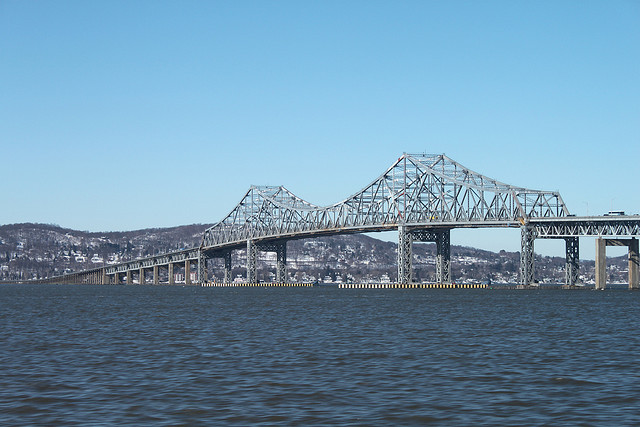
One potential way to relieve the pressure of tight budgets to give more control of the transportation system to business, through public-private partnerships. Such partnerships could speed up project times, cut the risk of cost overruns and add "incentives for innovation," argued Samara Barend, an exec with engineering giant AECOM.
The idea already has a foothold in the New York region. The new Goethals Bridge will be built under a "design, build, finance, maintain" partnership, which importantly allows the Port Authority to retain control over toll rates, said the PA's Cross Kelly. She also noted a public-private partnership in place to rebuild the George Washington Bridge bus terminal.
But Cross Kelly expressed skepticism about the way many public-private partnerships across the country have been structured. She suggested that the public sector should usually maintain control over tolls and explore shorter leases than the 49 or 99 year contracts signed in states like Illinois and Indiana.
Similarly, Lieutenant Governor Richard Ravitch sounded cool on private-sector control of transportation in his keynote address. "Every bus, every subway, every railroad line," he said, "they were all privately owned and they all went broke." Though he admitted that was partly because the government wouldn't let the private operators raise fares, he implied that pricing essential public resources like transportation ought to remain a public prerogative. He also dismissed arguments about government inefficiency. "The Wall Street firms that push this and lobby for all of this very vigorously don't innately have any better capacity to design or operate these systems," said Ravitch.
One cost-saving device that didn't get mentioned, of course, was getting tough with the contractors sponsoring the conference. Instead, the too-close-for-comfort relationship between public agencies and the industry was on full display. Describing the head of the General Contractors Association, NYS DOT Director of Civil Rights Warren Whitlock said that "her leadership on behalf of her industry is advancing our agenda," as if there was no daylight between them.
The only elected politician to speak, State Senate President Malcolm Smith, did promise state support for transportation. But his remarks focused exclusively on high speed rail, not the urban transit systems and existing infrastructure that face catastrophic disinvestment, and which New Yorkers already count on to get around.
Touting his support for HSR, Smith promised that "there will be enough money spent that many of you who might be doing quite well will be doing a lot better" and that "there will be future millionaires and billionaires in this room."
Stay in touch
Sign up for our free newsletter
More from Streetsblog New York City
Wednesday’s Headlines: Four for Fifth Edition
The good news? There's a new operator for the Fifth Avenue open street. The bad news? It's four blocks, down from 15 last year. Plus other news.
MTA Plan to Run Brooklyn-Queens Train on City Streets a ‘Grave’ Mistake: Advocates
A 515-foot tunnel beneath All Faiths Cemetery would slightly increase the cost of the project in exchange for "enormous" service benefits, a new report argues.
Full Court Press by Mayor for Congestion Pricing Foe Randy Mastro
Pay no attention to that lawyer behind the curtain fighting for New Jersey, the mayor's team said on Tuesday, channeling the Wizard of Oz.
Tuesday’s Headlines: Valley of Political Death Edition
Did you see the new poll showing congestion pricing is really unpopular? Ignore it! Good times are coming. Plus other news in today's headlines.
Open Streets Groups Warn of Extra Red Tape to Run Events
Two weeks notice for hopscotch or a yoga class?
